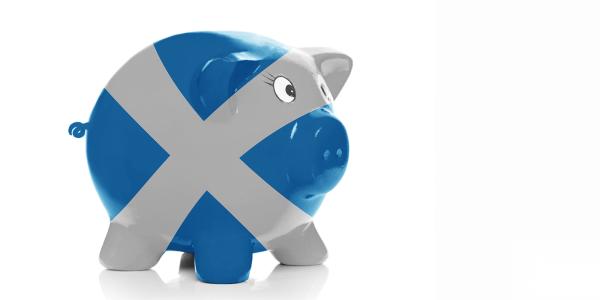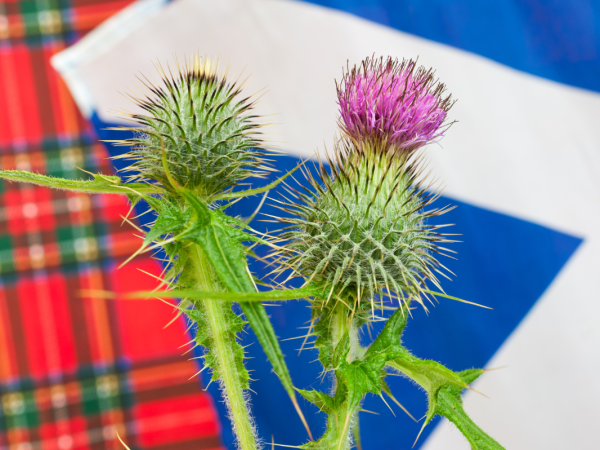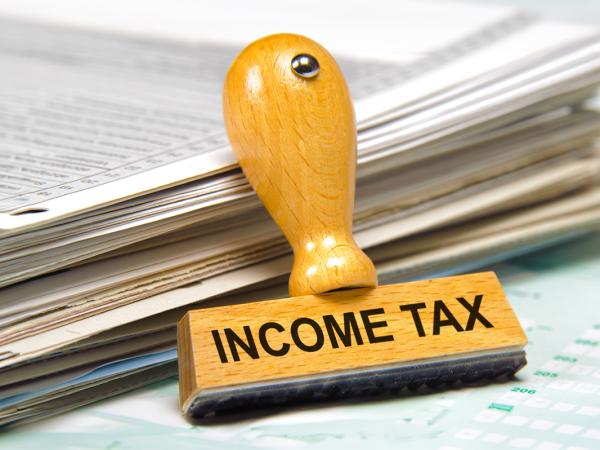Scottish income tax
Scottish taxpayers pay Scottish income tax and have done so since 6 April 2017.

Content on this page:
Scottish income tax
Scottish income tax is not a separate tax, nor is it a devolved tax as such.
Instead, the Scottish parliament has the power to affect the amount of income tax that Scottish taxpayers pay. To do this, the Scottish parliament sets Scottish rates and bands (of income tax), which determine the rates of income tax payable by Scottish taxpayers on certain types of income.
Broadly, Scottish income tax is payable by Scottish taxpayers on their non-savings and non-dividend income.
If Scottish taxpayers have taxable savings income, such as bank interest, or taxable dividend income, this is subject to the main UK rates of income tax for those types of income.
Scottish income tax does not affect the tax allowances to which you are entitled, such as the personal allowance. We explain how it affects the marriage allowance on our page Scottish income tax: more detail.
The amount of income tax you pay on non-savings and non-dividend income according to the Scottish income tax rates and bands goes to the Scottish government; any income tax you pay on savings or dividend income according to the UK rates and bands goes to the UK government.
Scottish income tax administration and appeals
HMRC administer and collect Scottish income tax, using the Pay As You Earn (PAYE), simple assessment and self assessment systems.
This means that if you disagree with a decision concerning Scottish income tax, you must follow the HMRC appeal process. In addition, if you are unhappy with the service provided, you must follow HMRC’s complaints process.
Scottish income tax rates and bands
Scottish income tax has applied since 6 April 2017. For 2024/25, the rates and bands of Scottish income tax are as set out in the table below:
| Name of band | Band (£) | Rate of Scottish income tax |
| Starter | 12,571* to 14,876 | 19% |
| Basic | 14,877* to 26,561 | 20% |
| Intermediate | 26,562* to 43,662 | 21% |
| Higher | 43,663* to 75,000 | 42% |
| Advanced | 75,001* to 125,140 | 45% |
| Top | Over 125,140 | 48% |
* This assumes that you are entitled to the standard UK personal allowance. The starter, basic and intermediate rate bands together for Scottish income tax are £31,092 (£12,570 + £31,092 = £43,662).
The rates and bands of Scottish income tax for 2023/24 were as set out in this table:
| Name of band | Band (£) | Rate of Scottish income tax |
| Starter | 12,571* to 14,732 | 19% |
| Basic | 14,733* to 25,688 | 20% |
| Intermediate | 25,689* to 43,662 | 21% |
| Higher | 43,663* to 125,140 | 42% |
| Top | Over 125,140 | 47% |
* This assumes that you were entitled to the standard UK personal allowance for 2023/24. The starter, basic and intermediate rate bands together for Scottish income tax in 2023/24 were £31,092 (£12,570 + £31,092 = £43,662).
Scottish income tax and the armed forces
While Scottish income tax applies to the income of armed forces personnel who are Scottish taxpayers in the first instance, they receive a retrospective payment after the end of the tax year to ensure they pay no more income tax than other UK personnel. You can read about this on GOV.UK.



